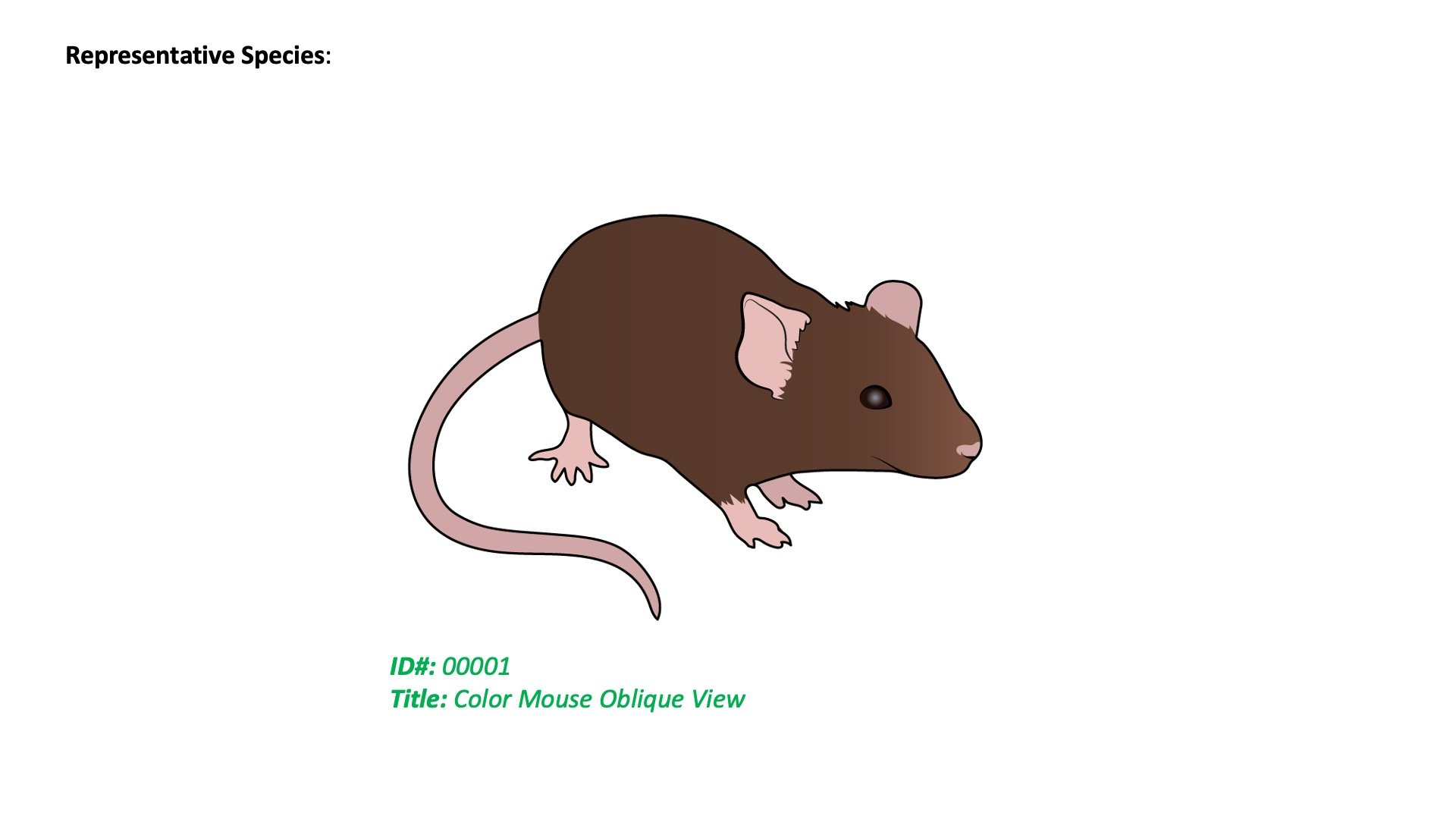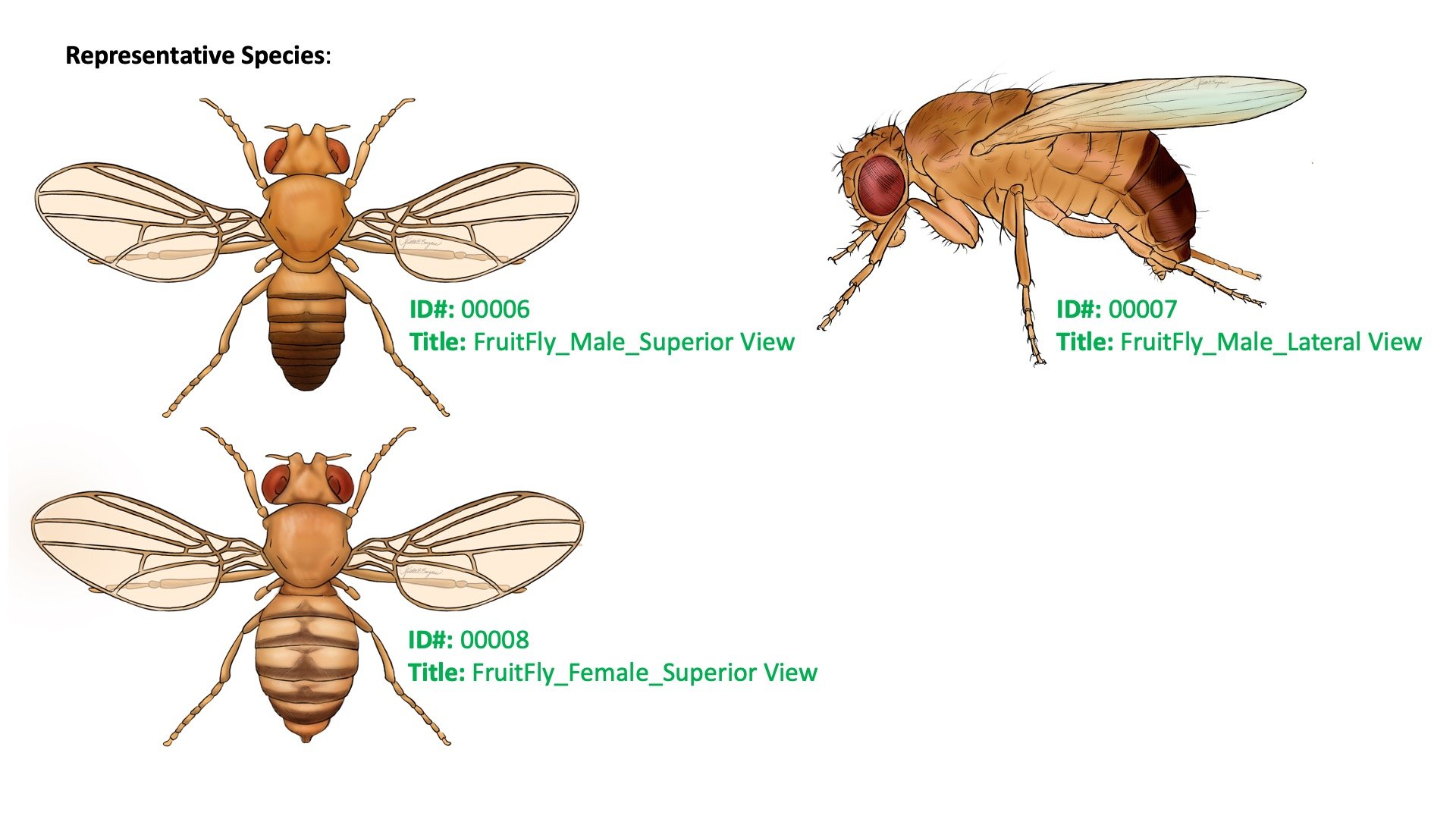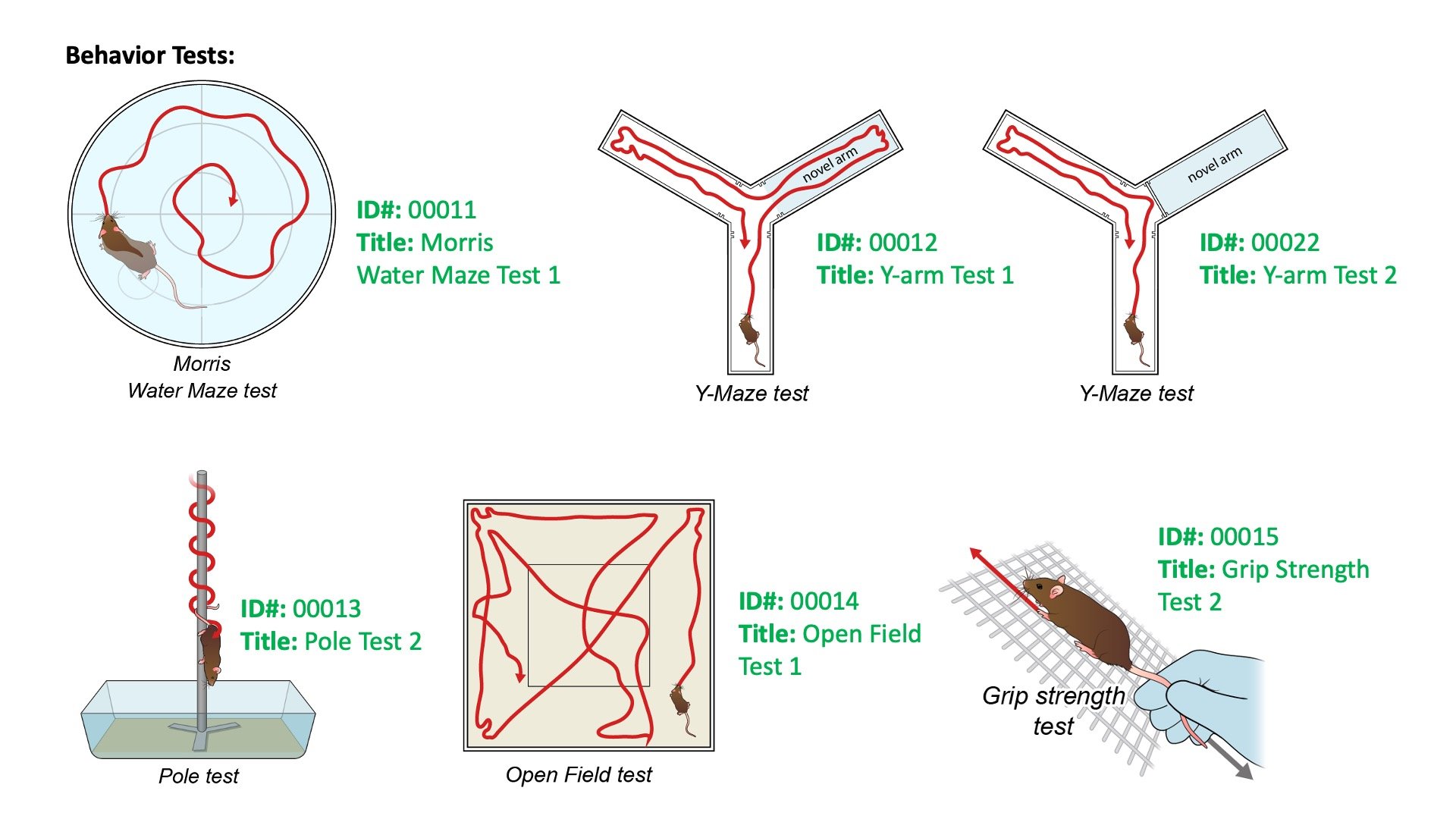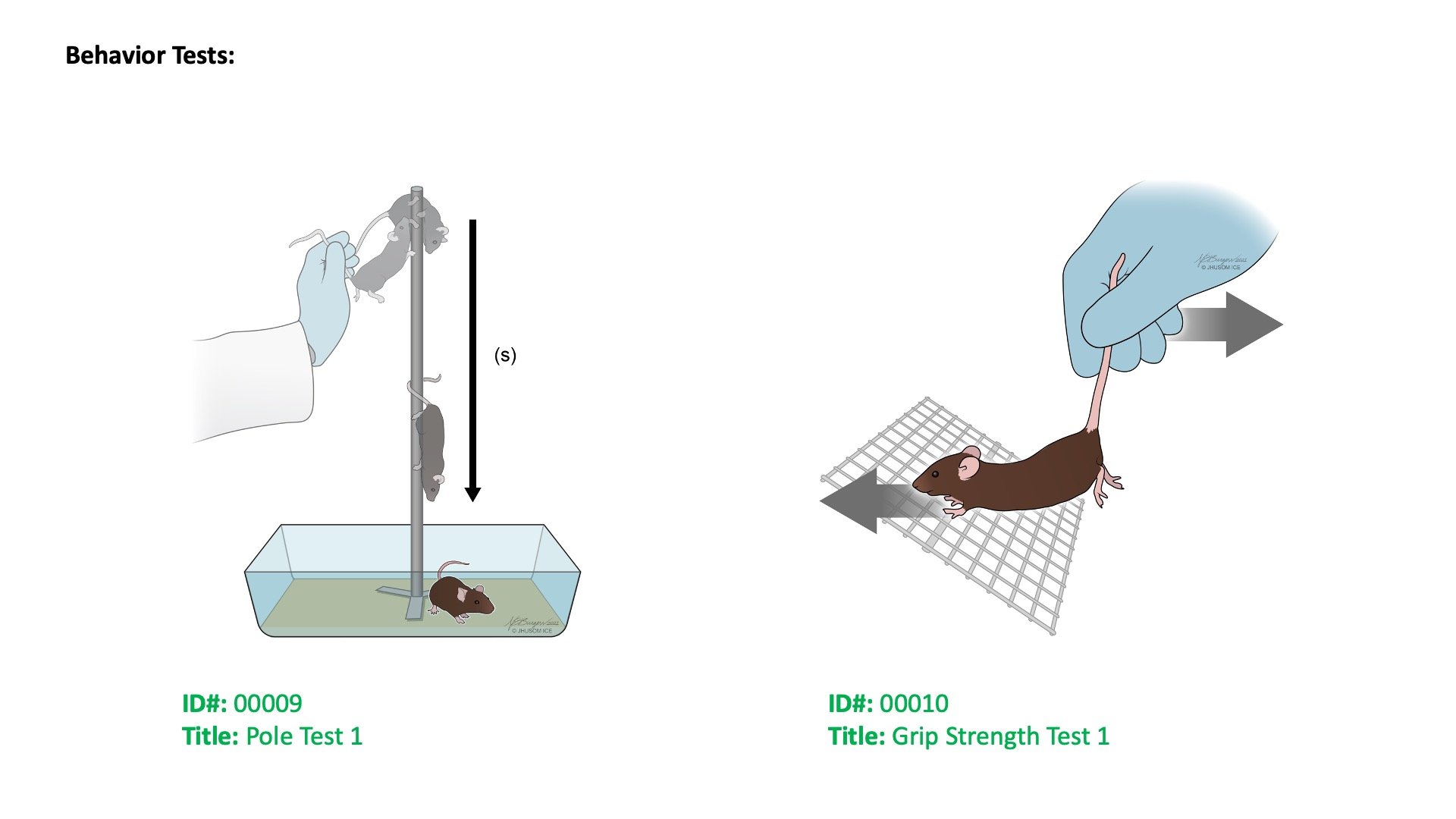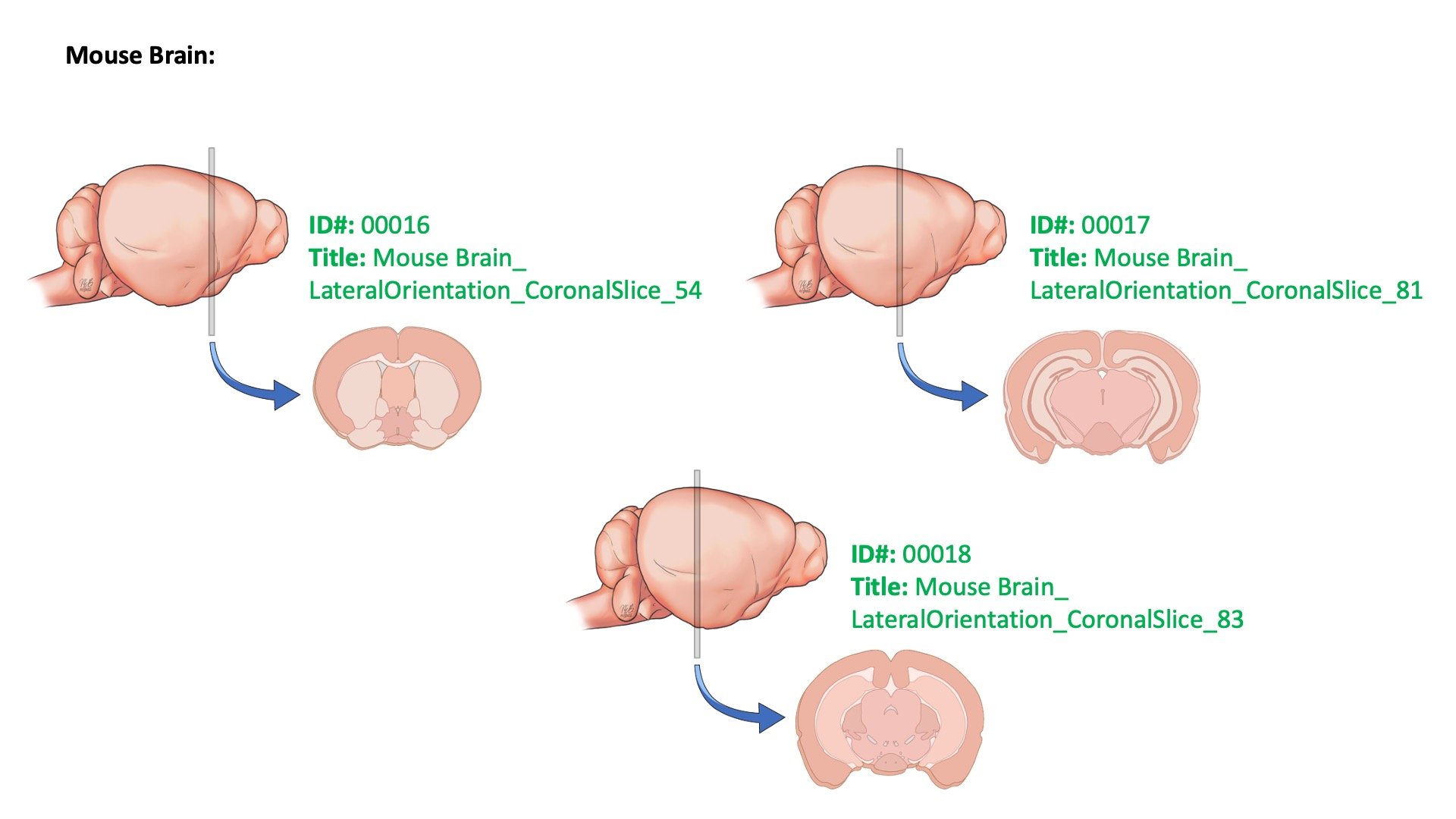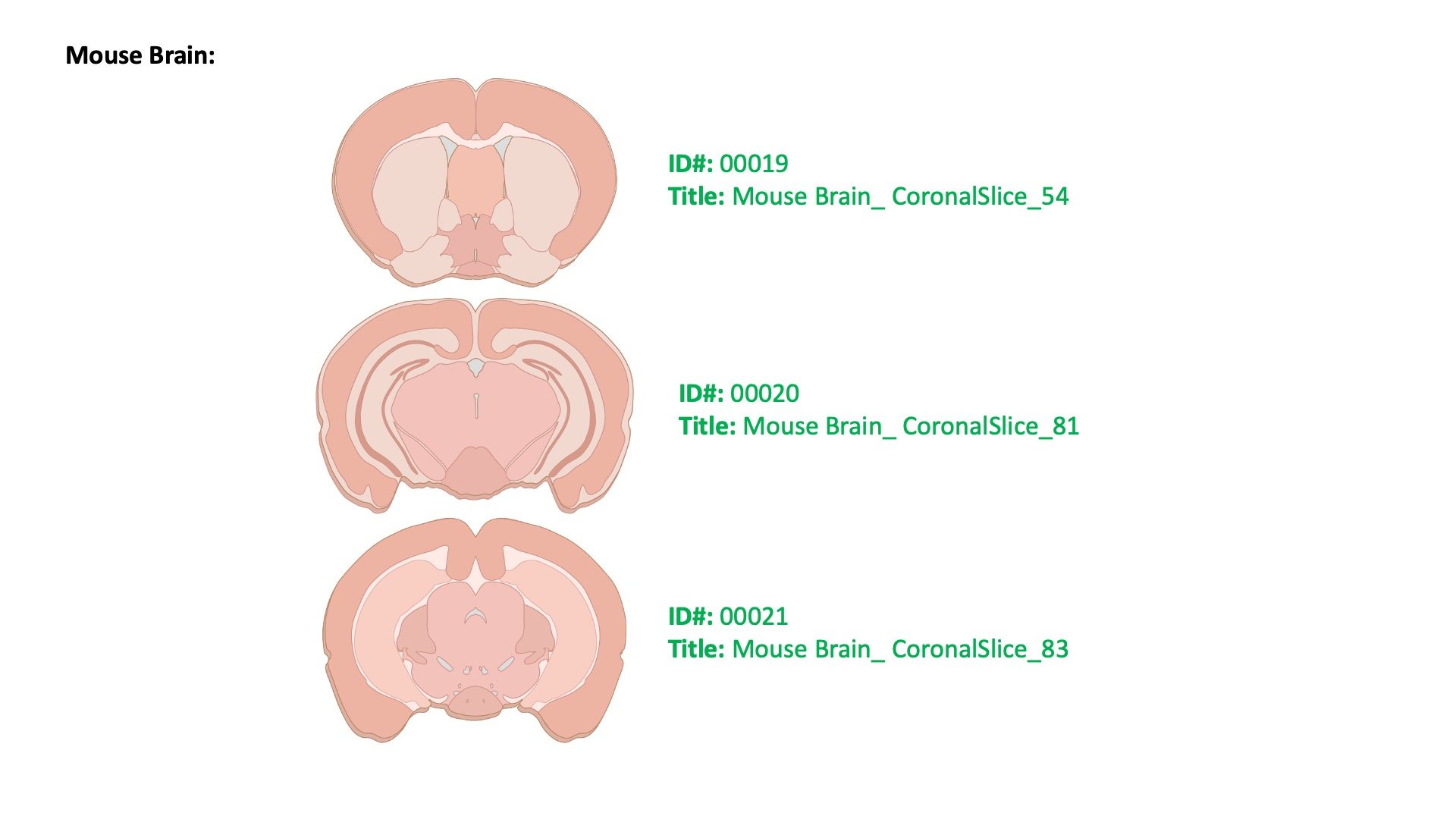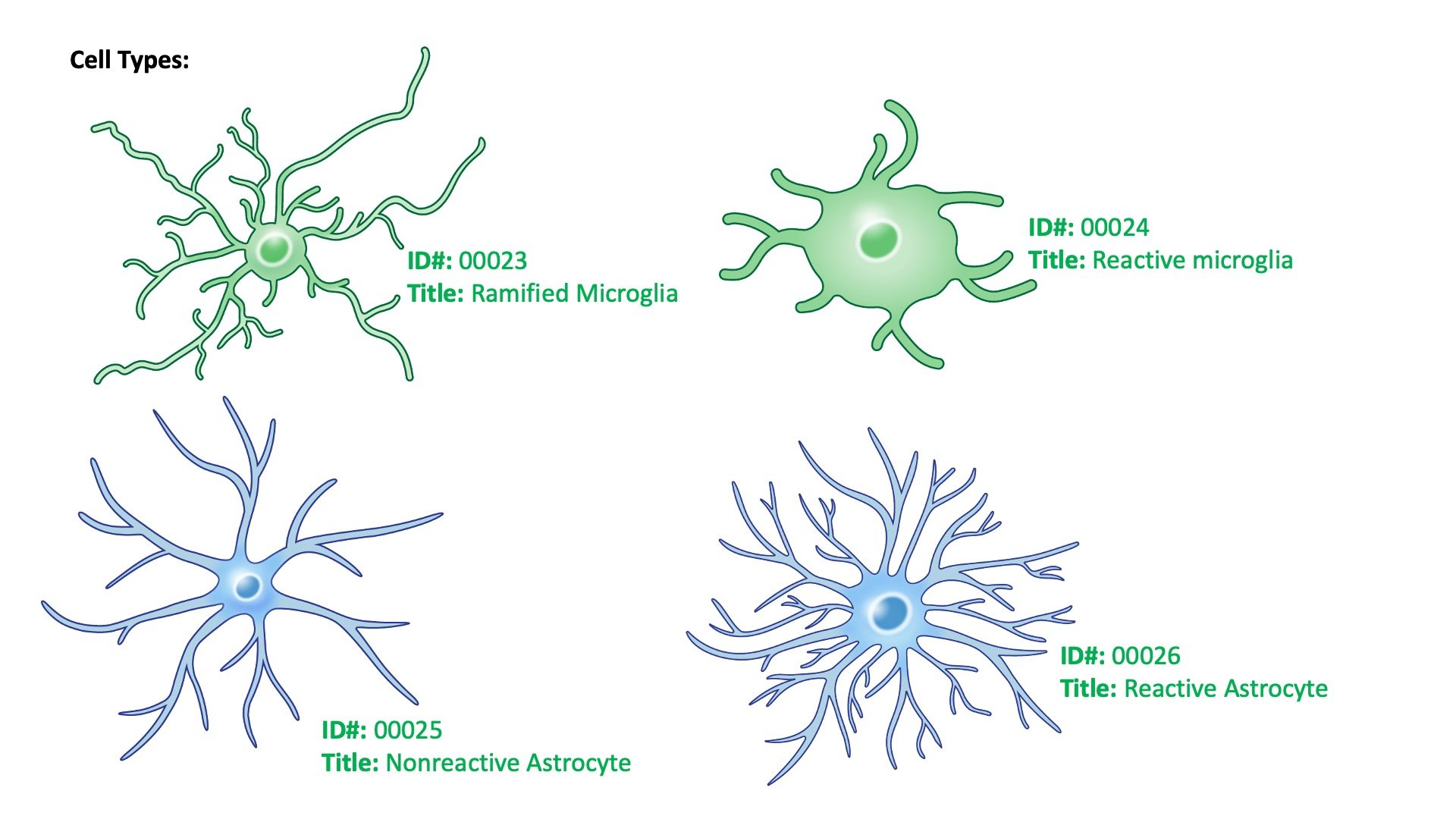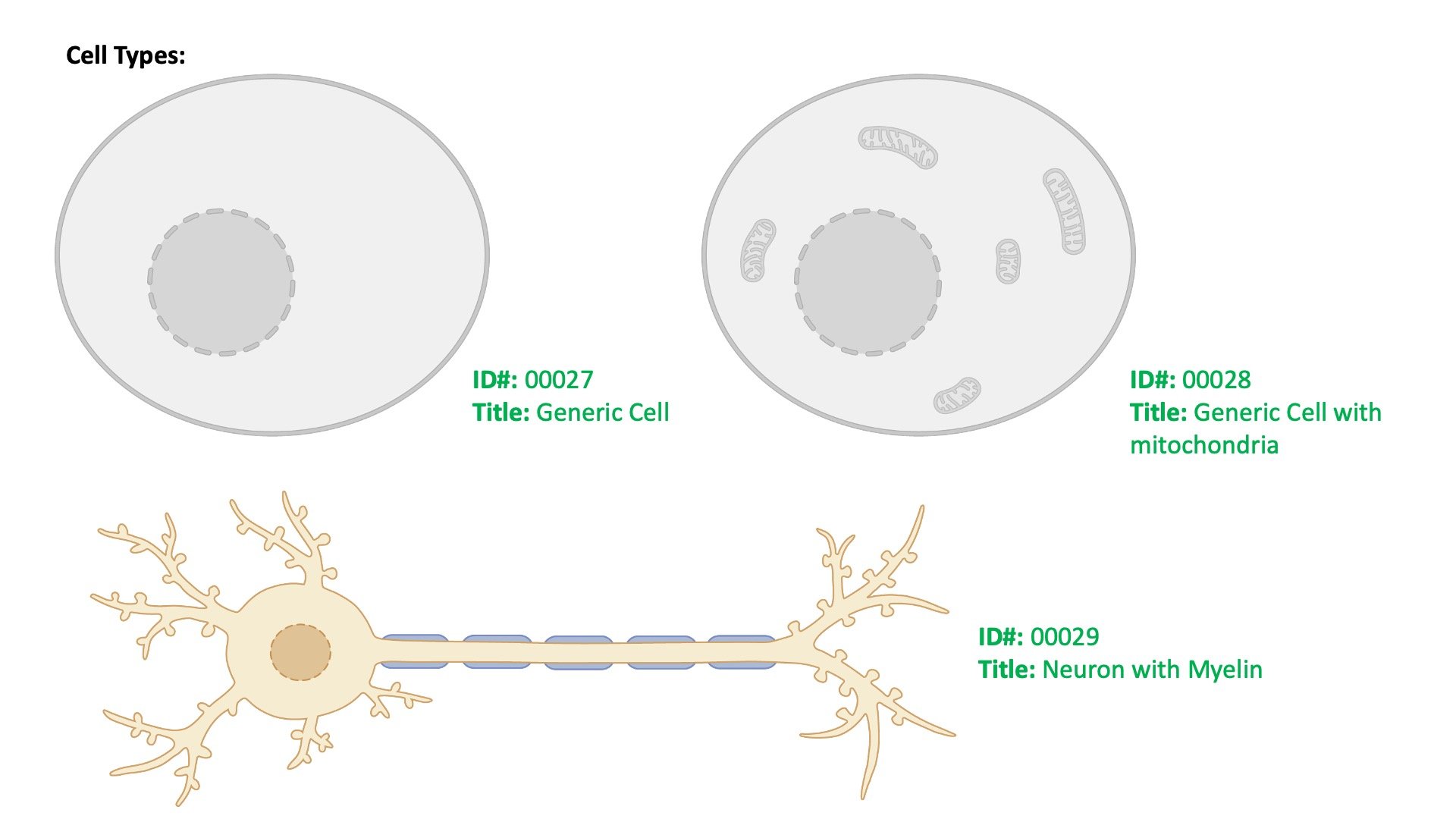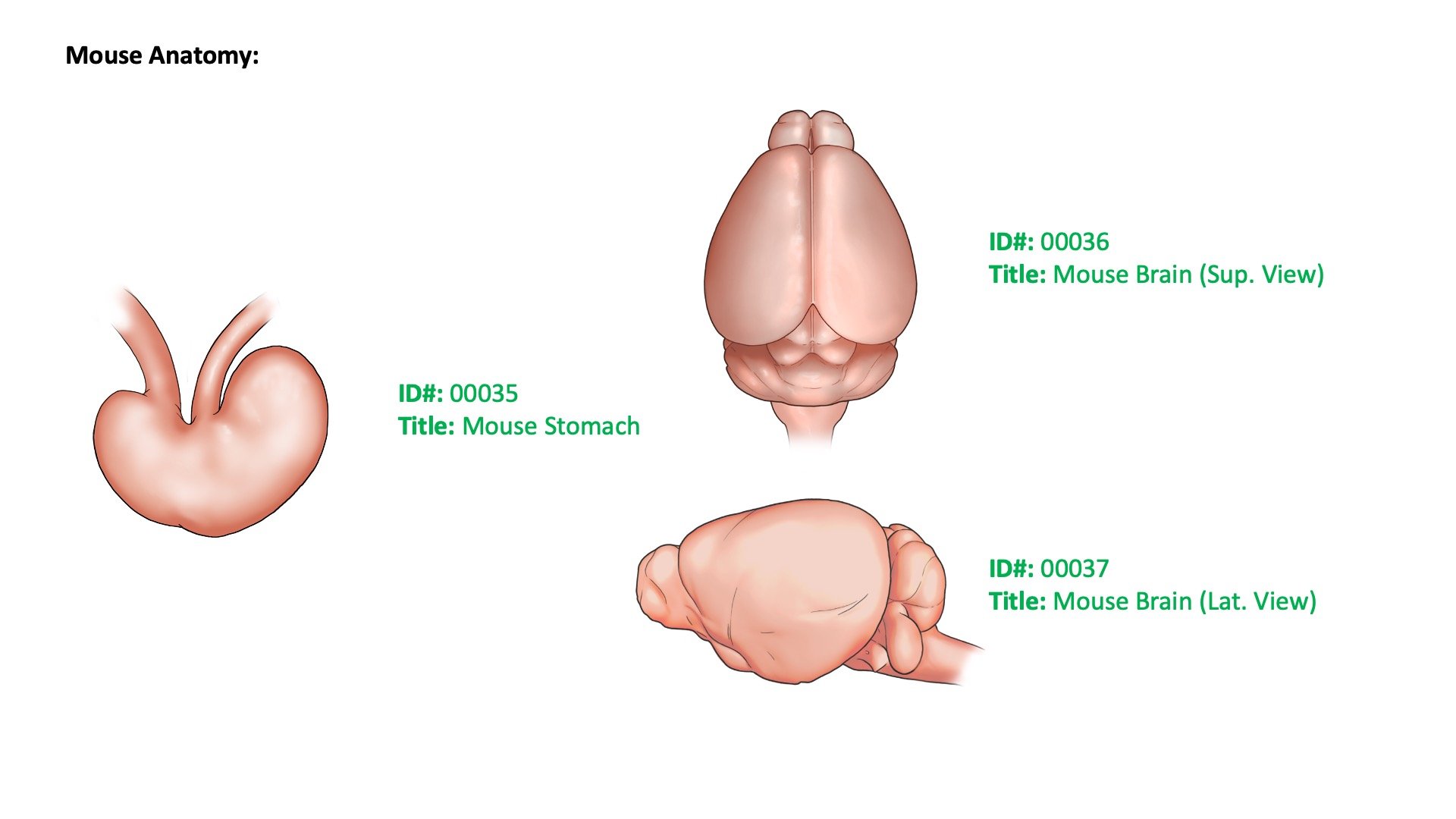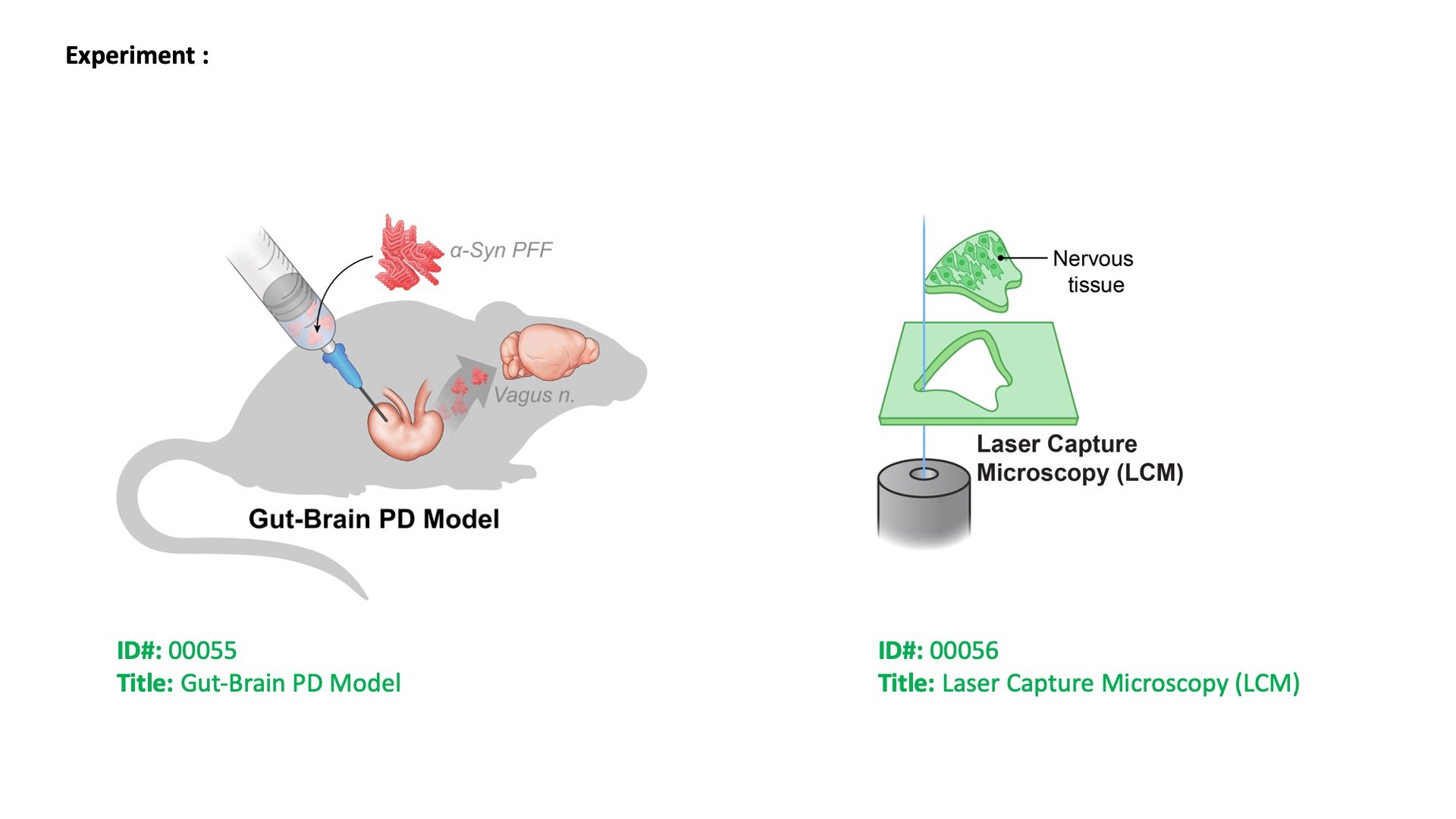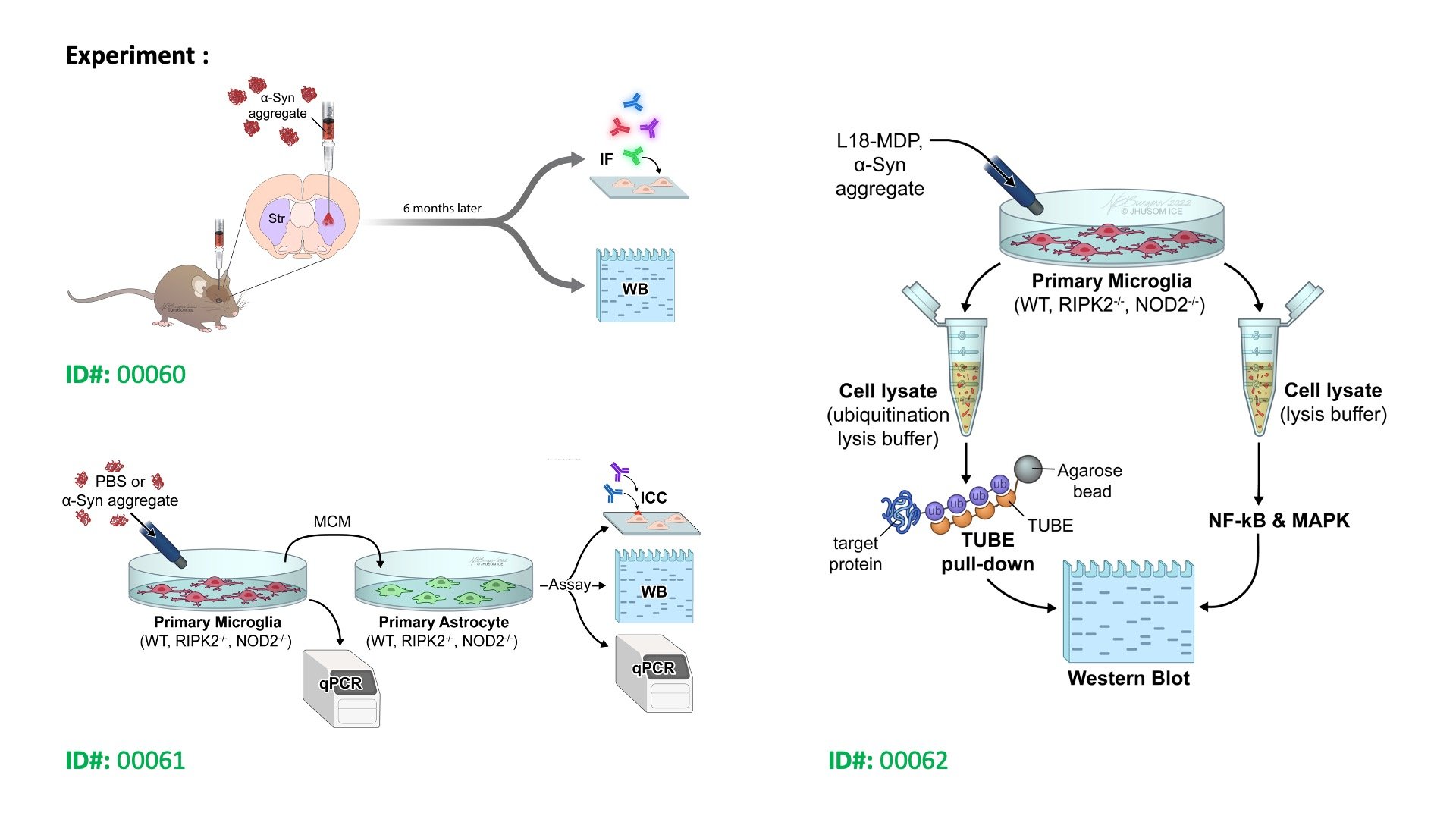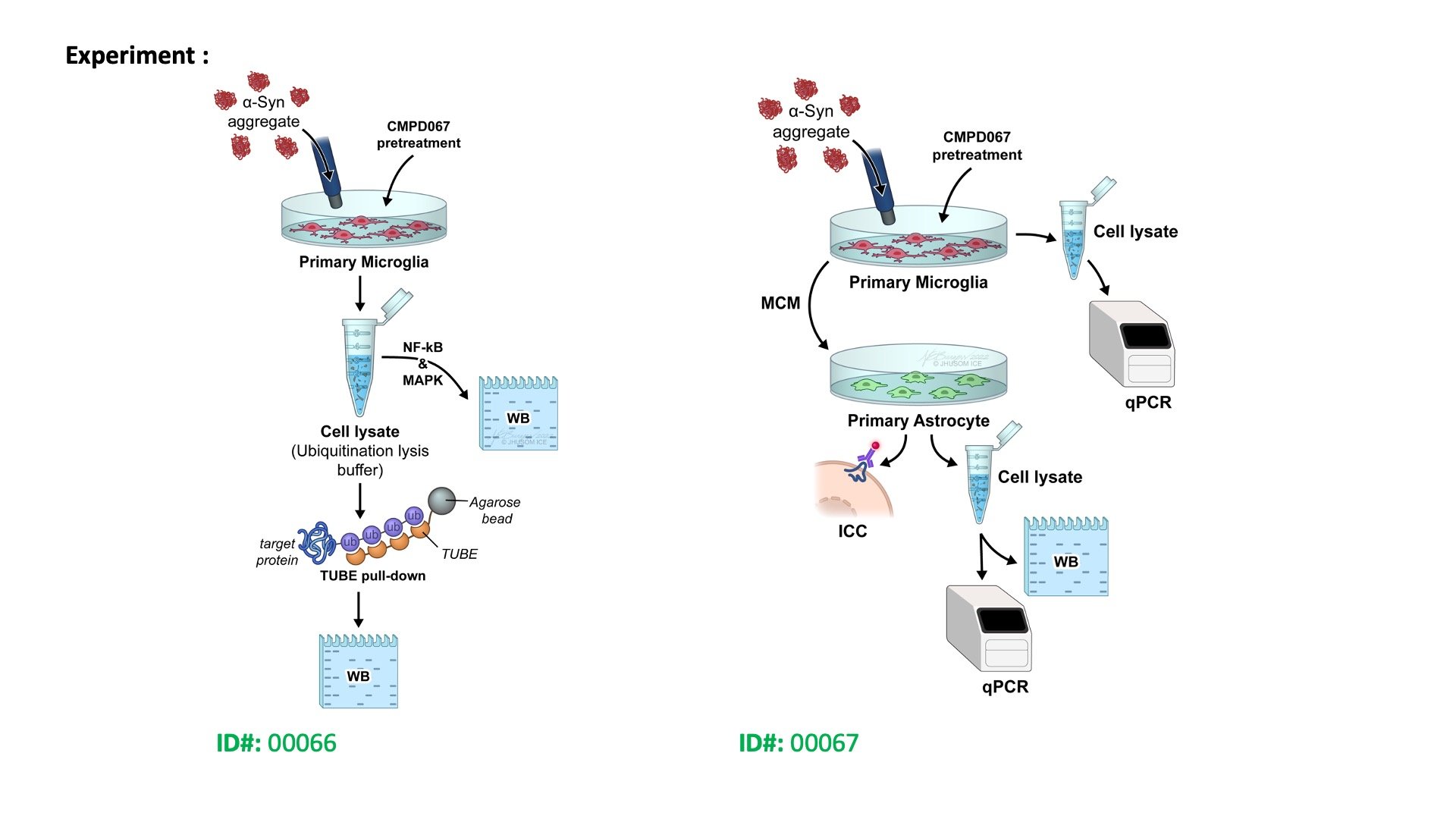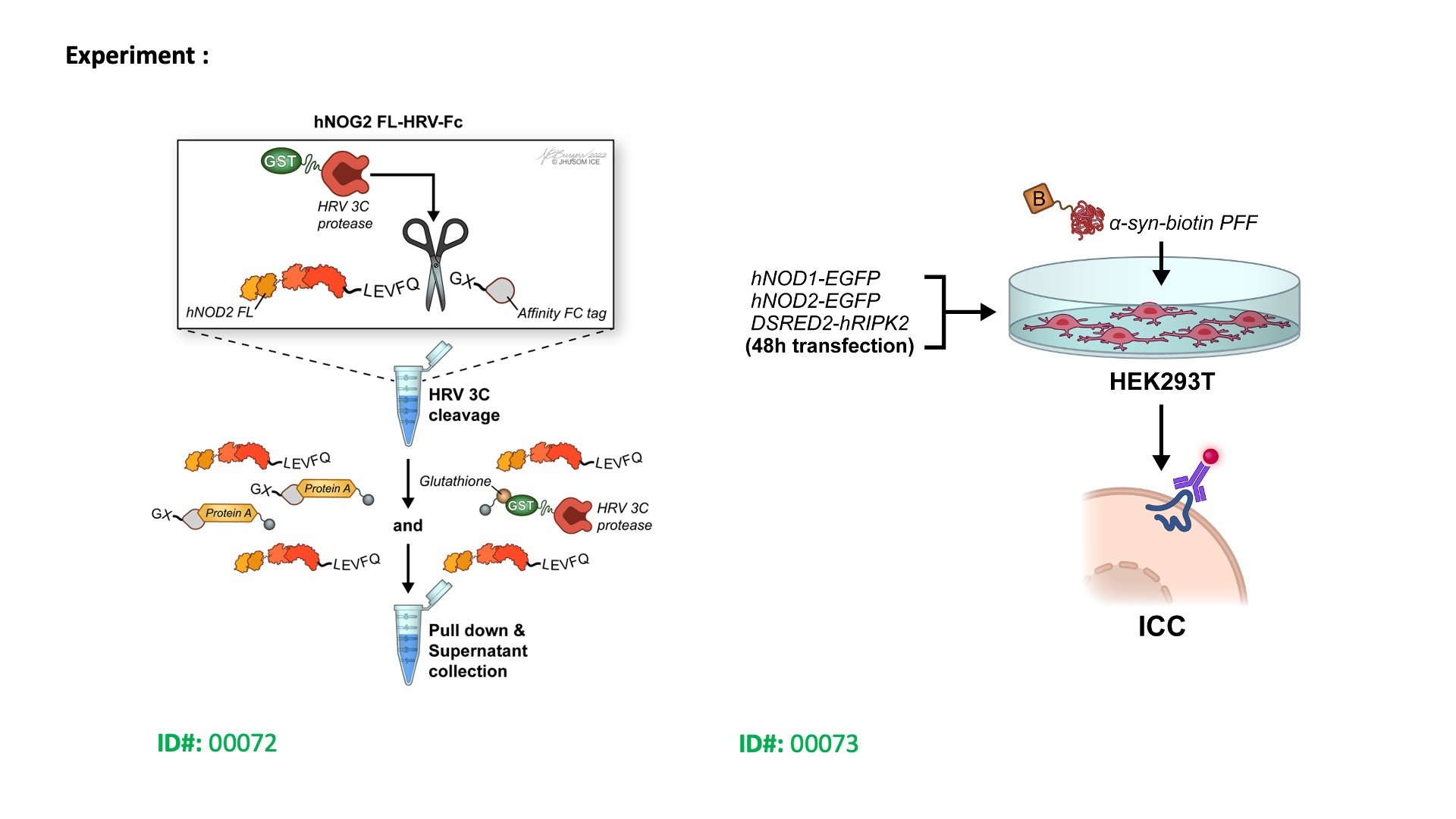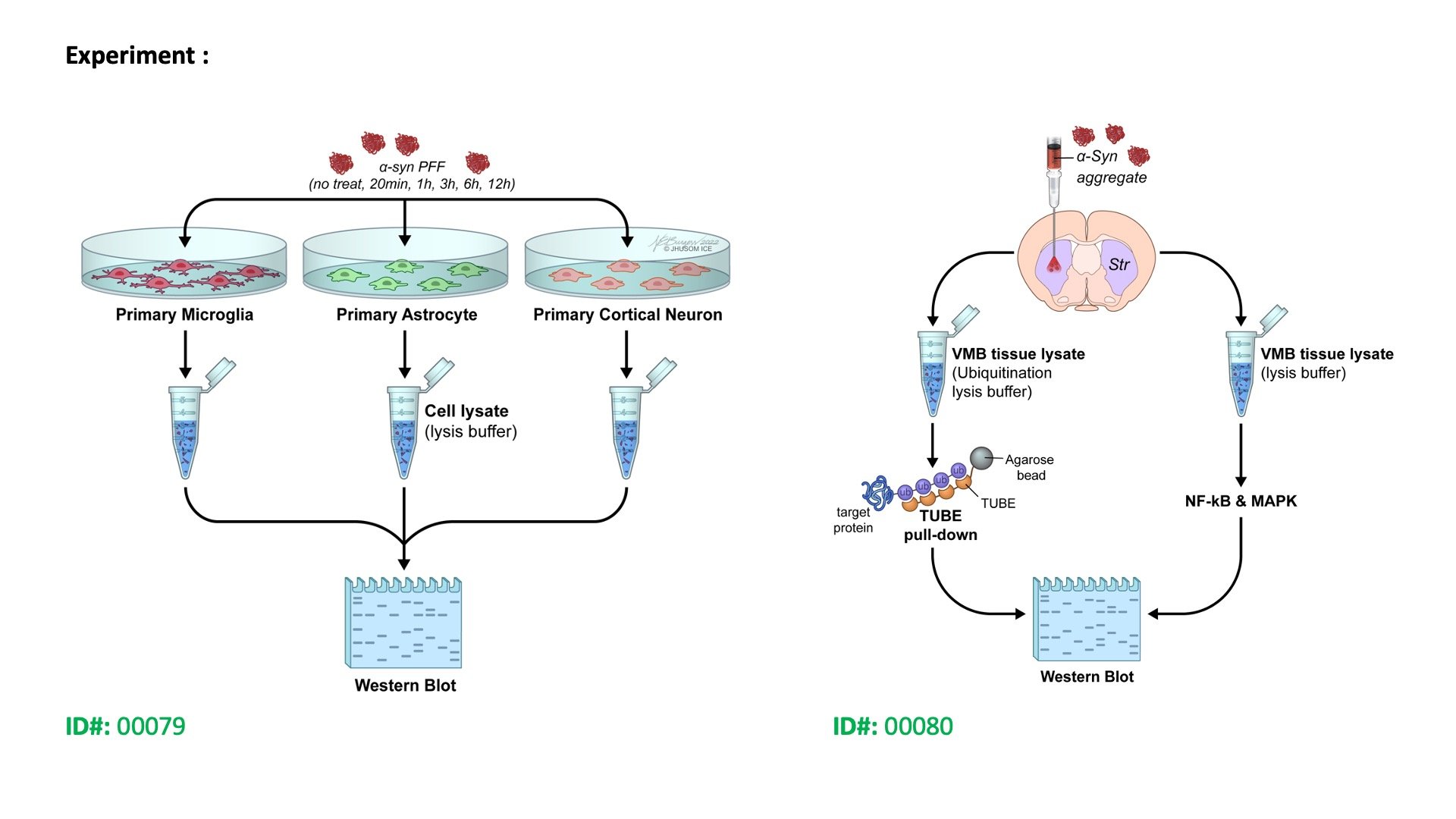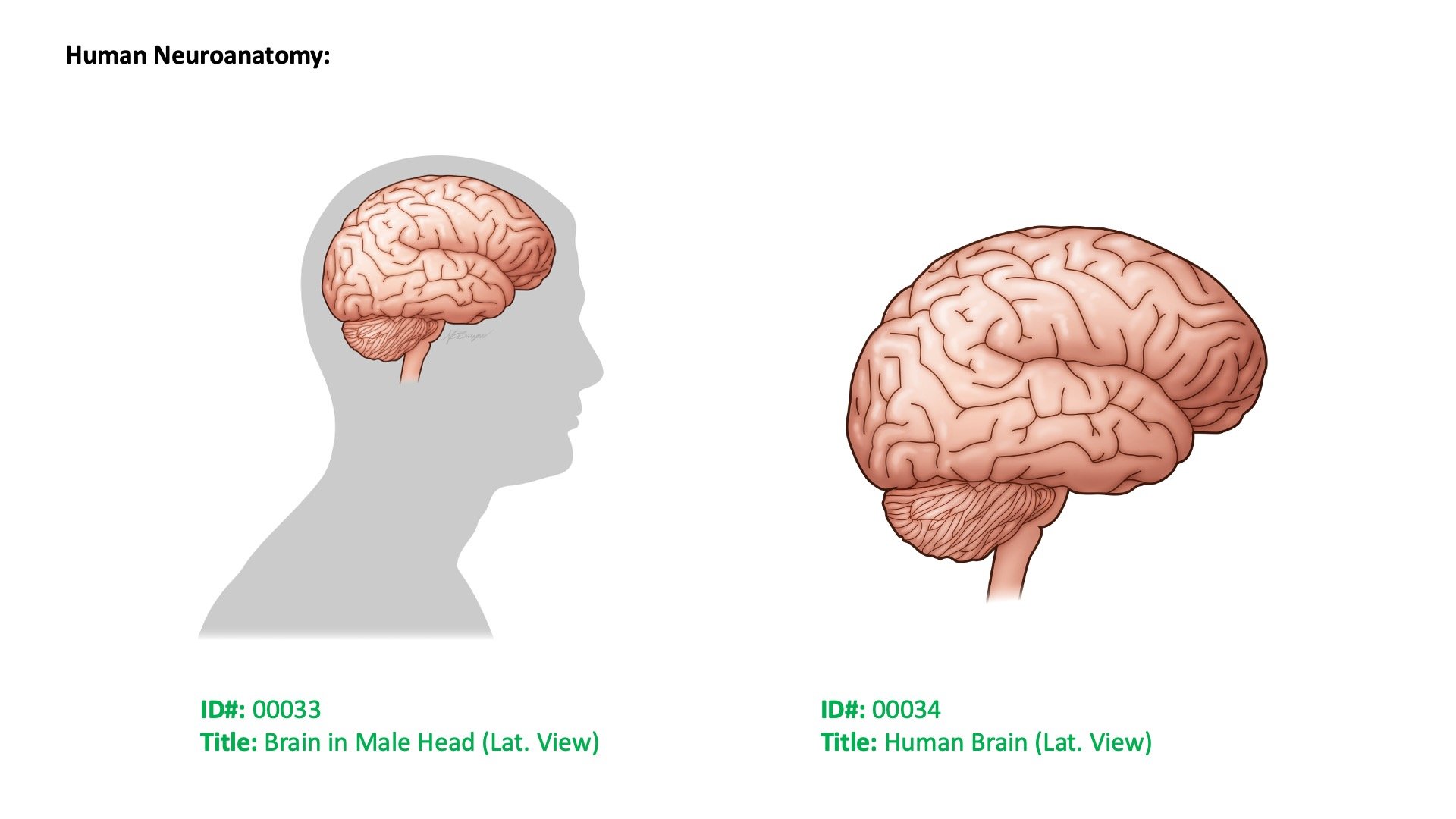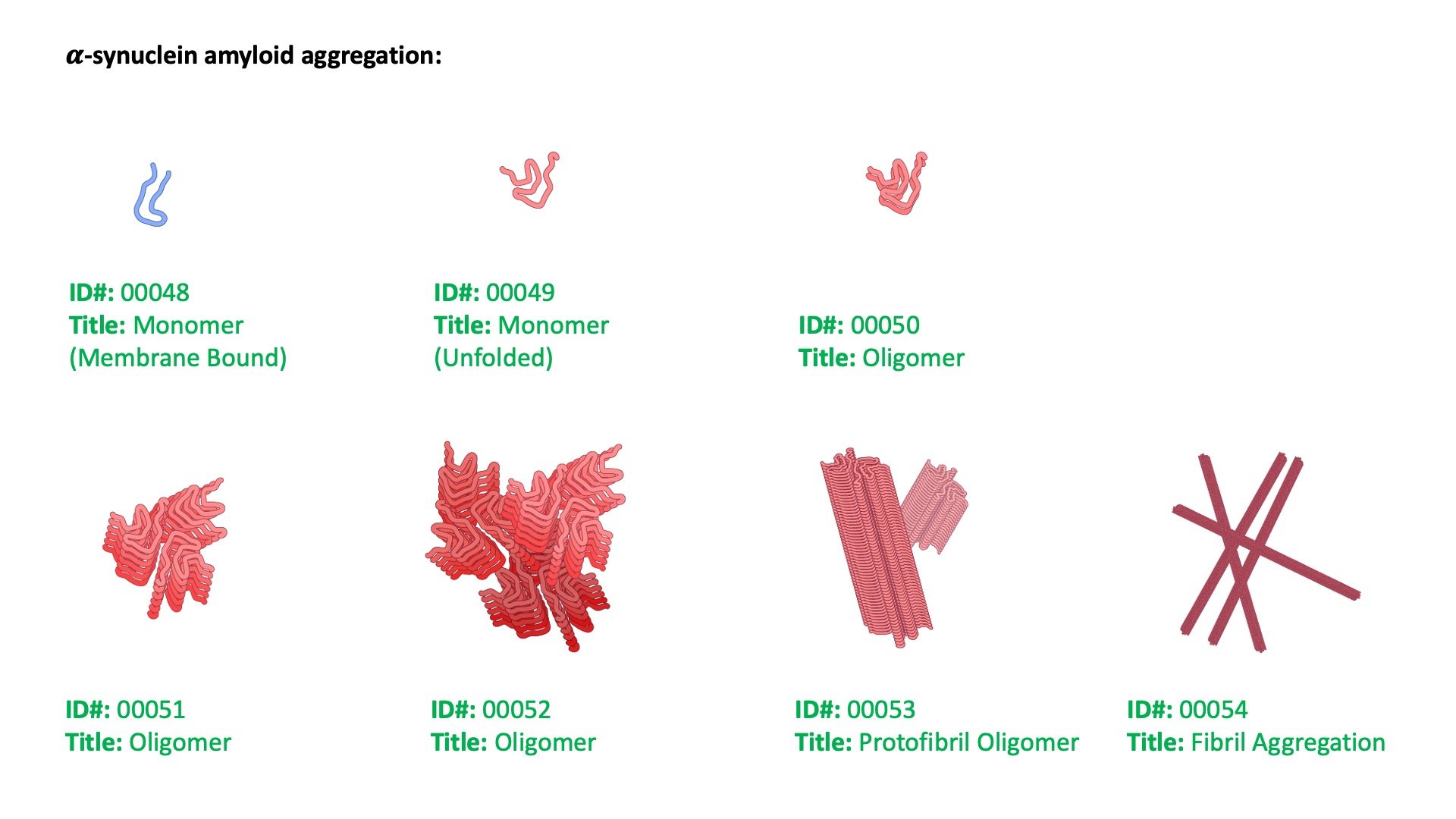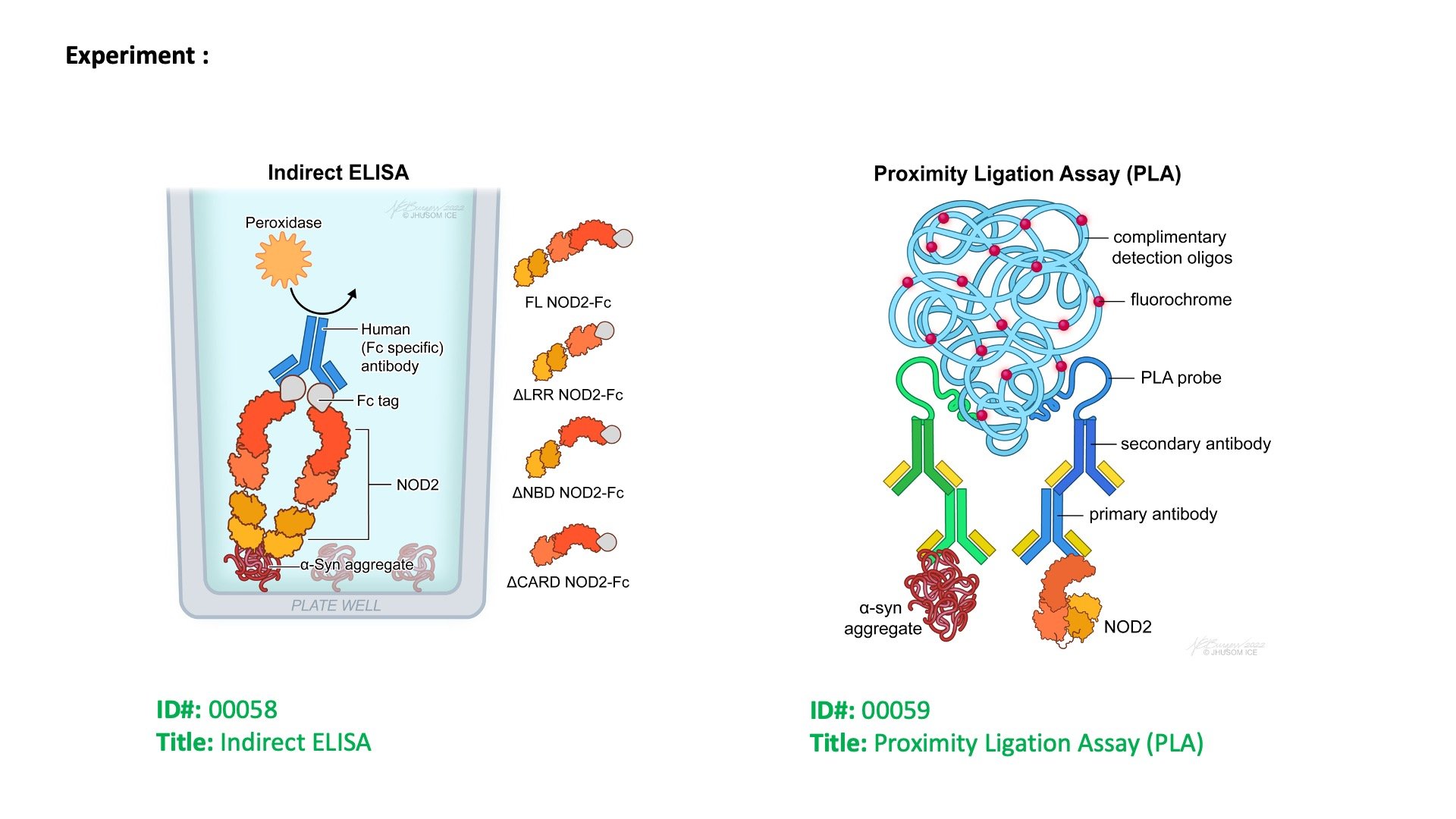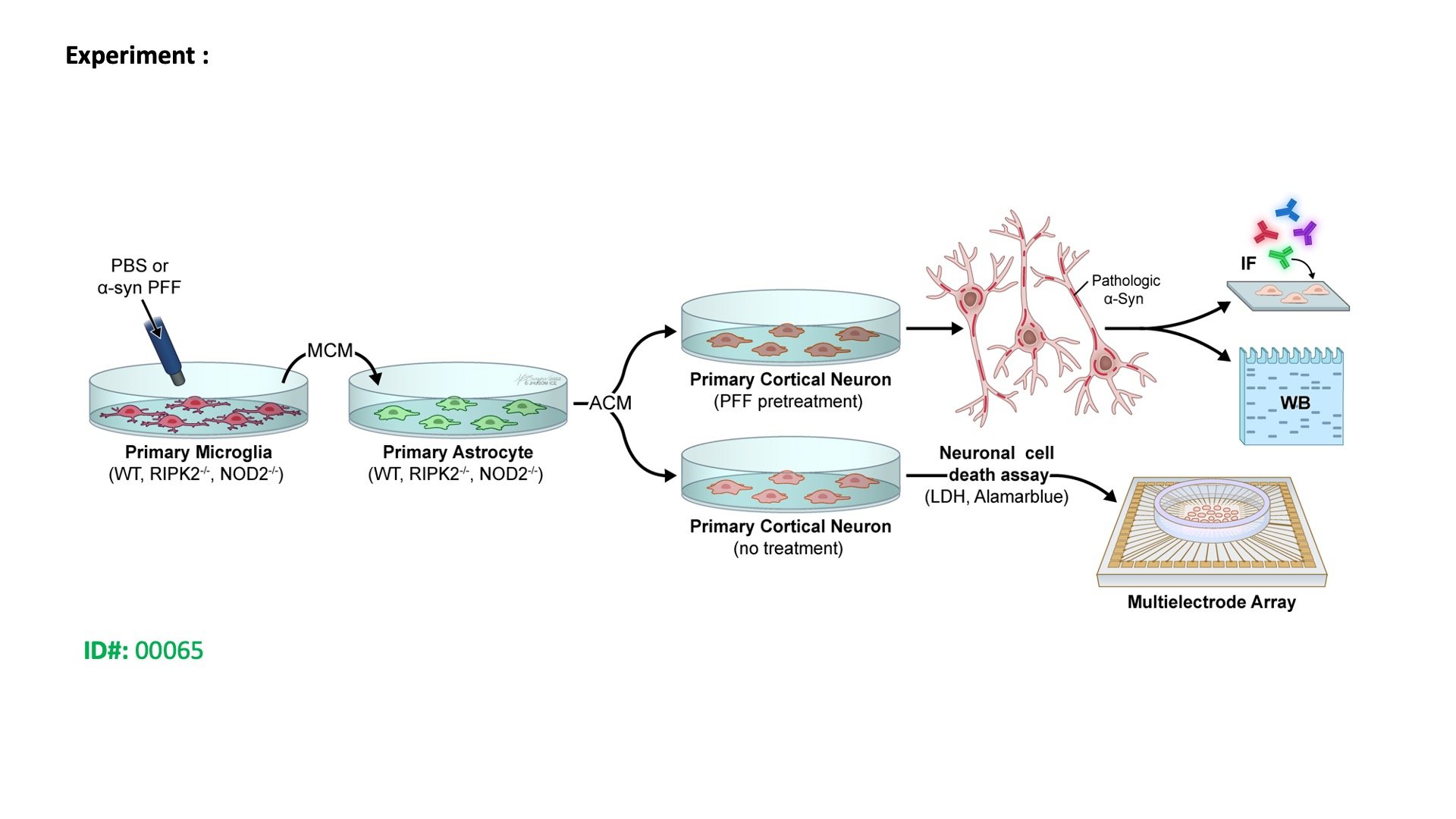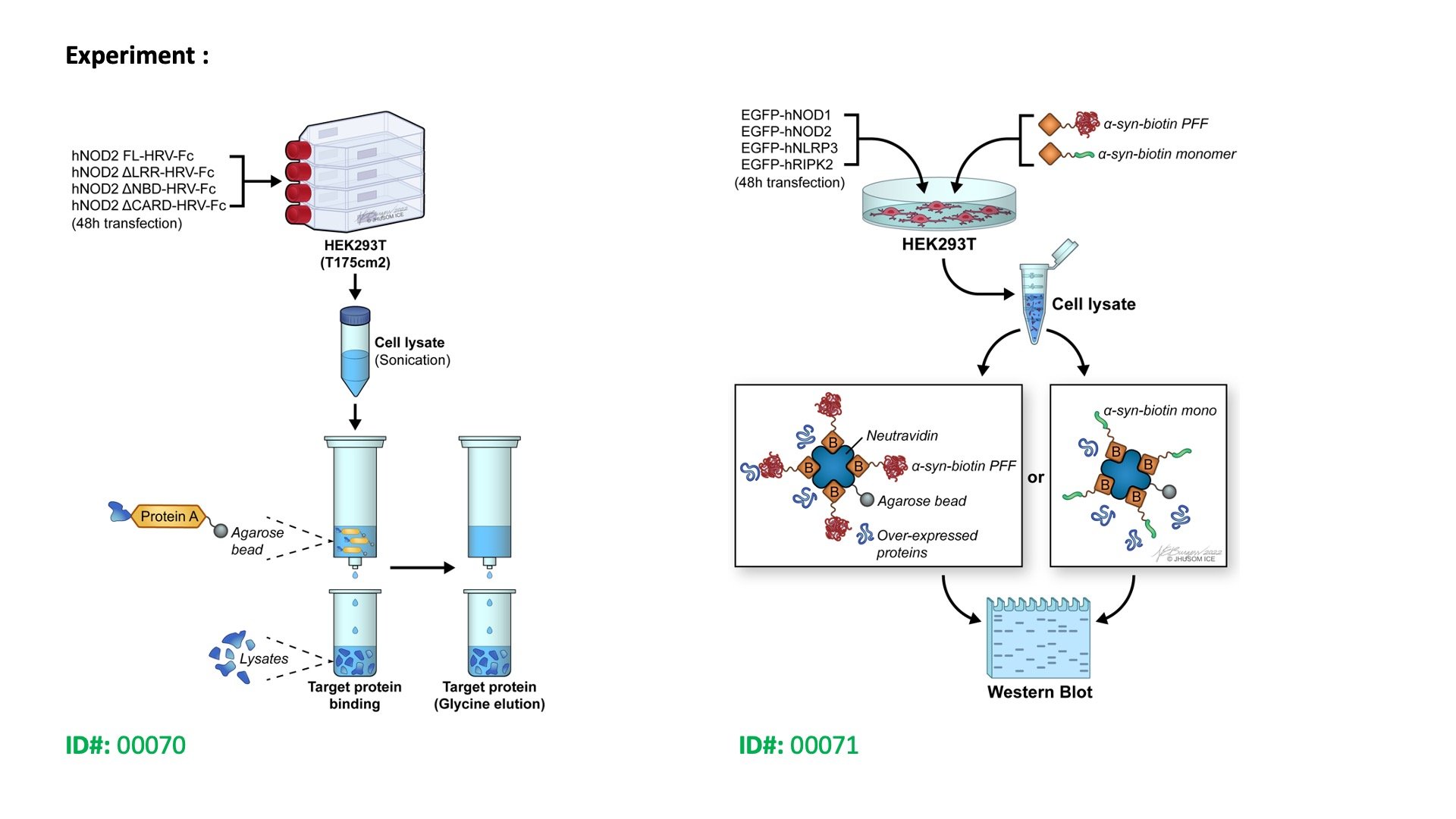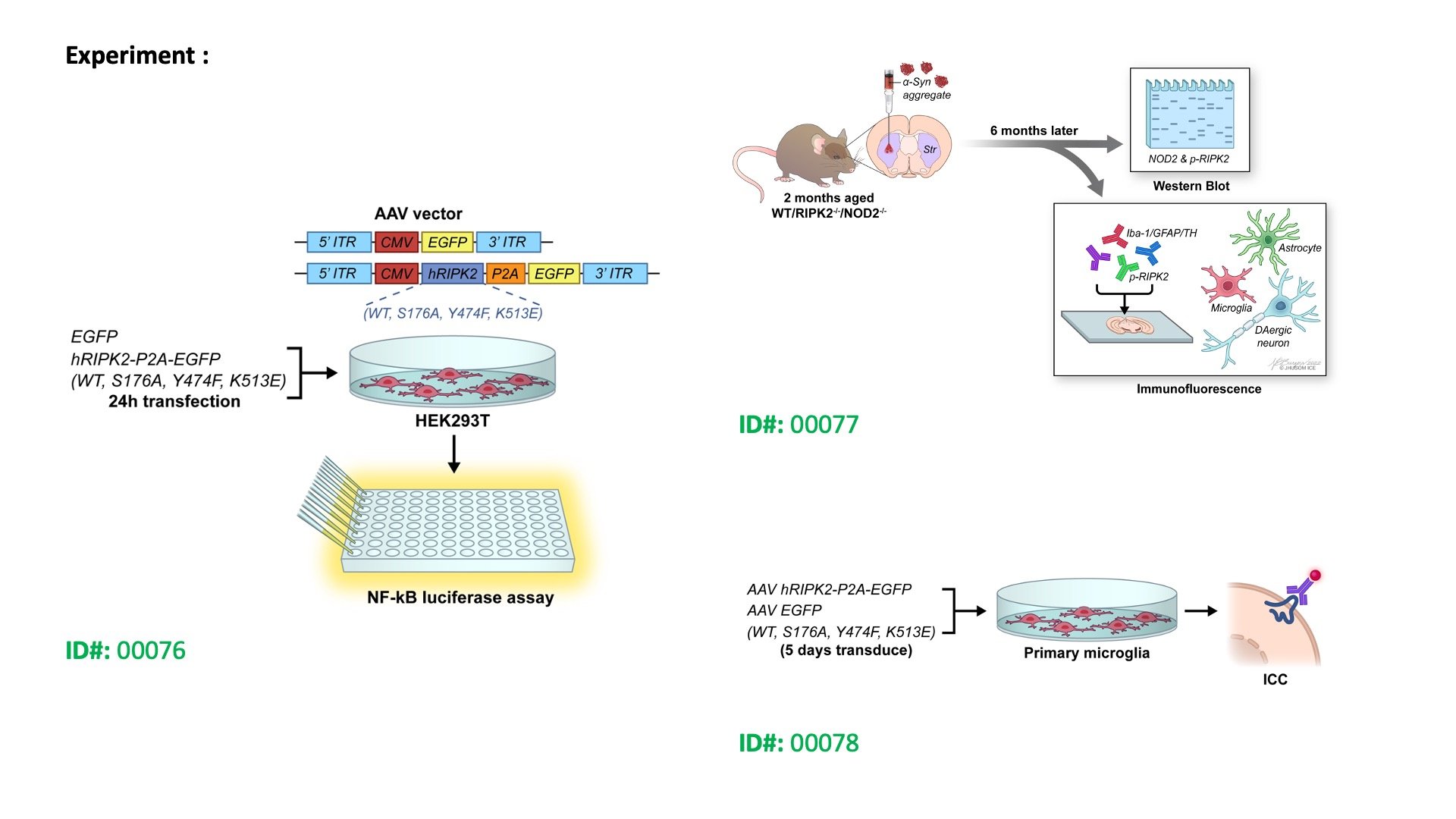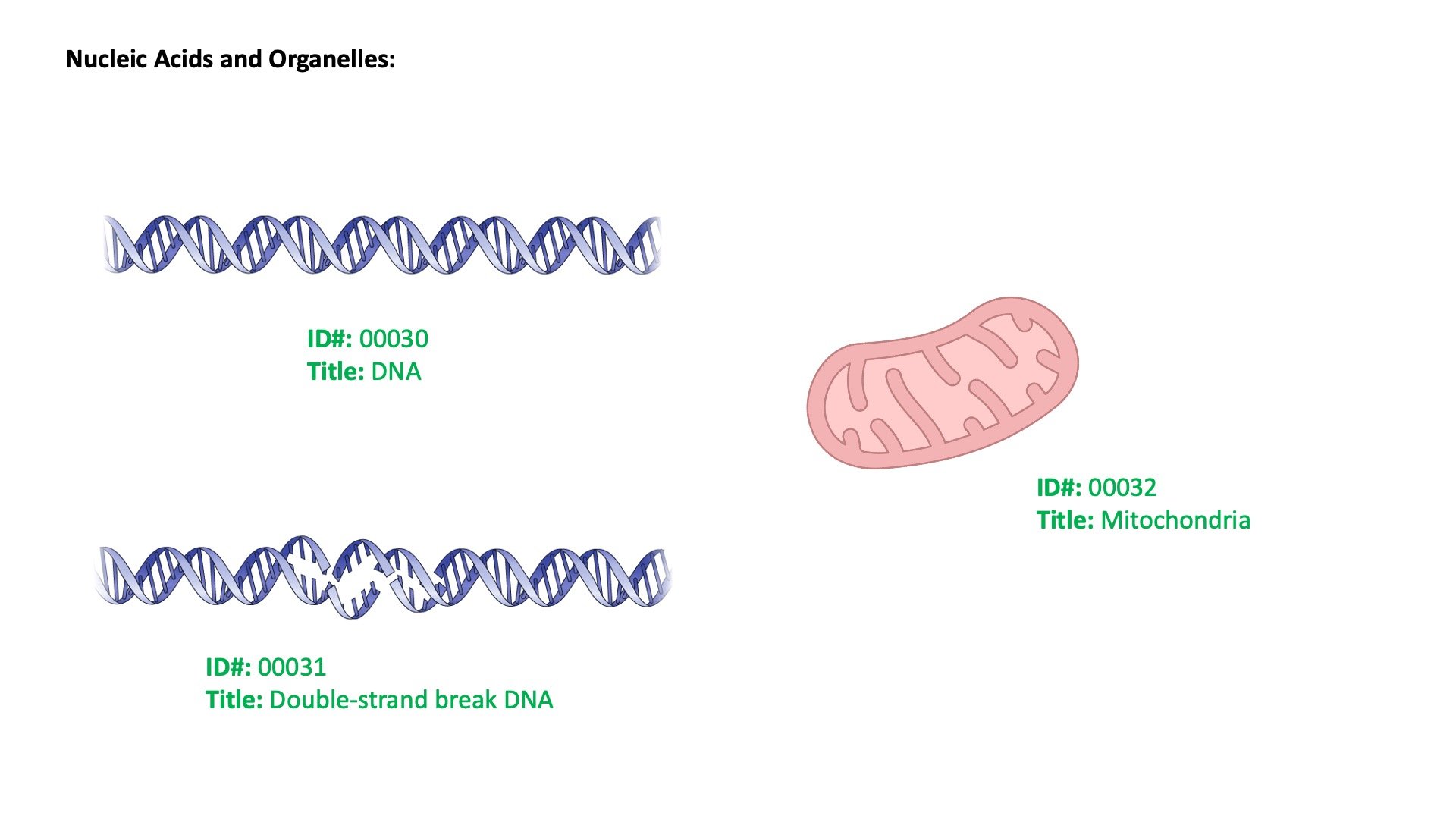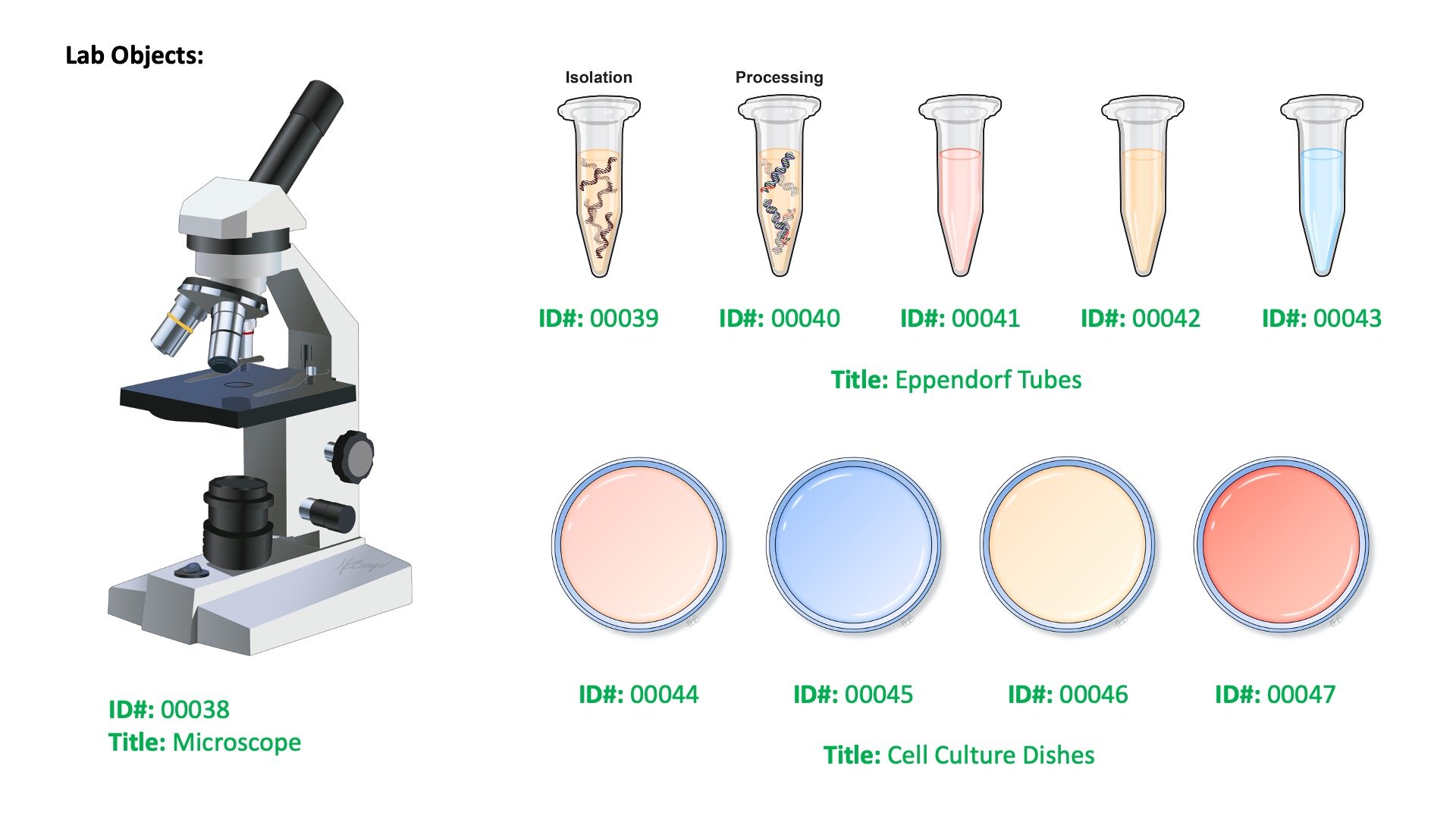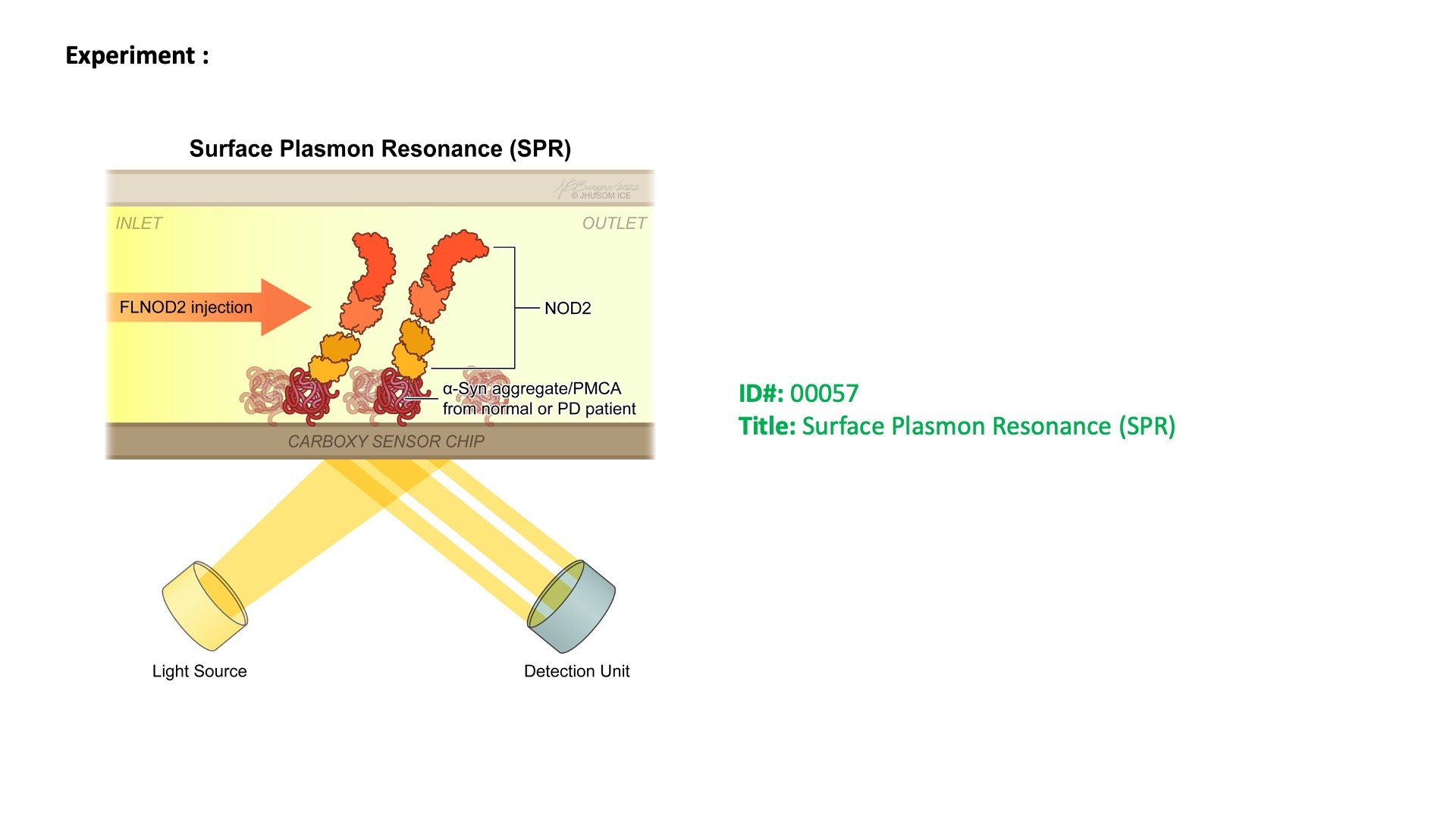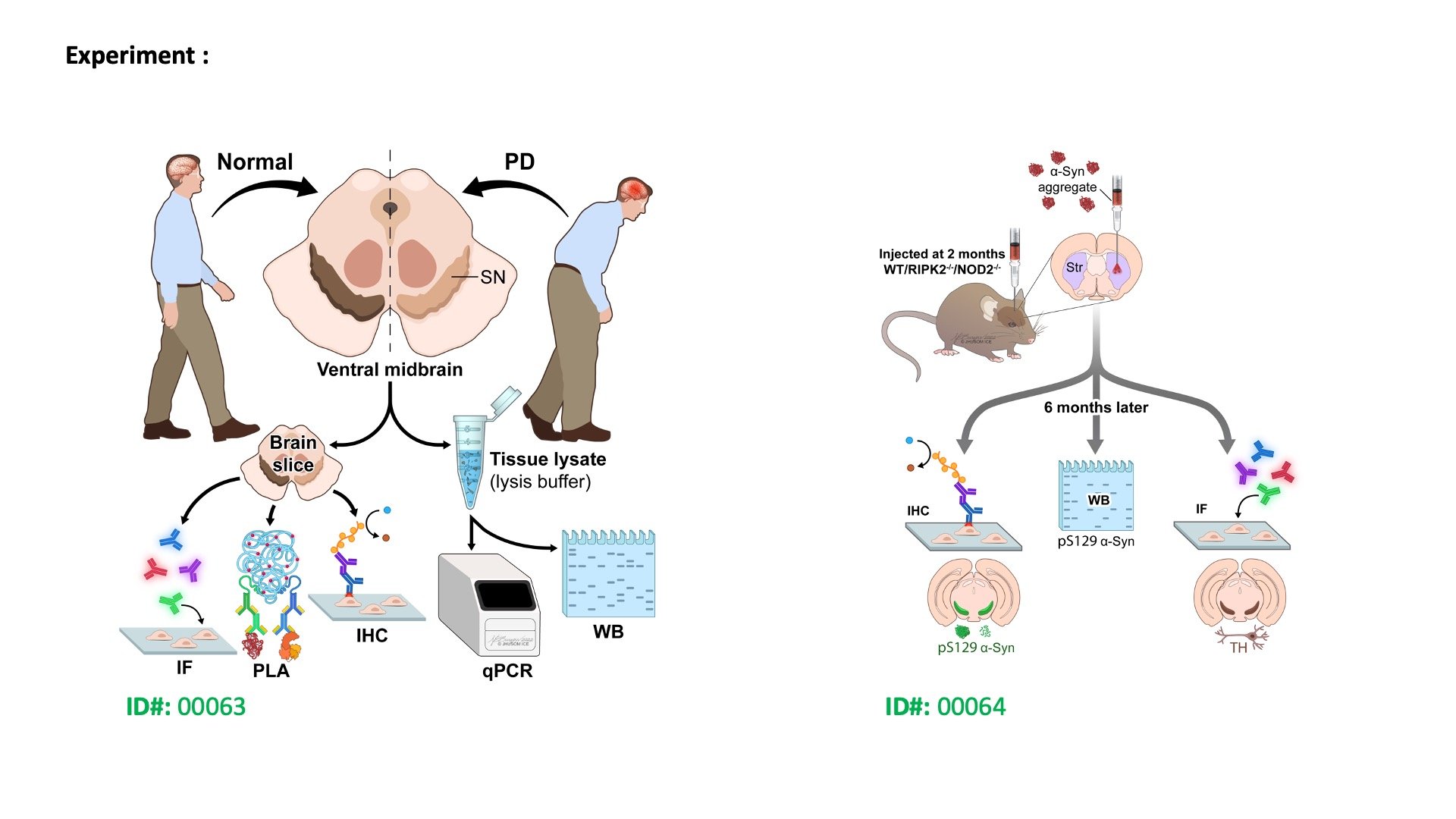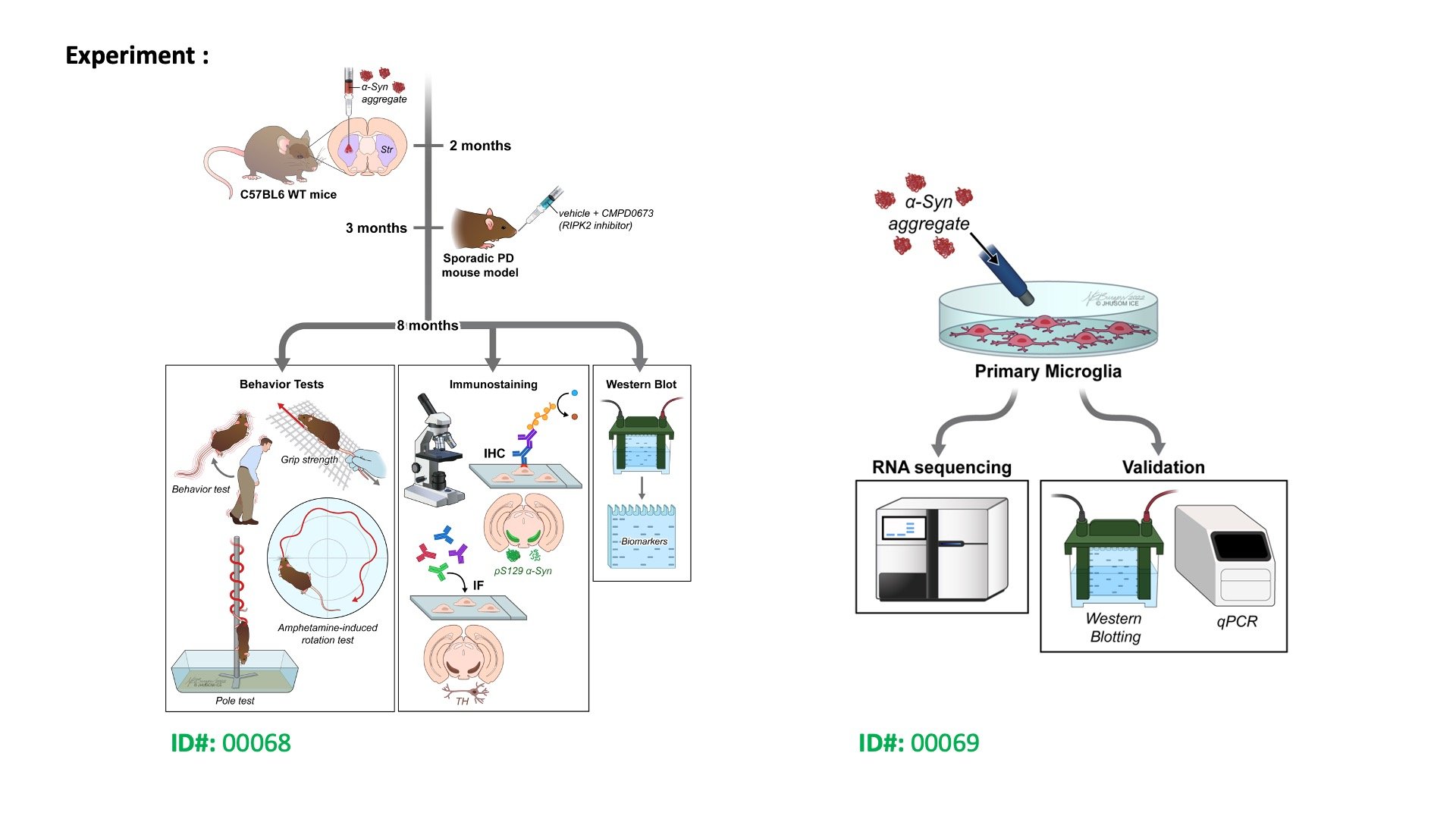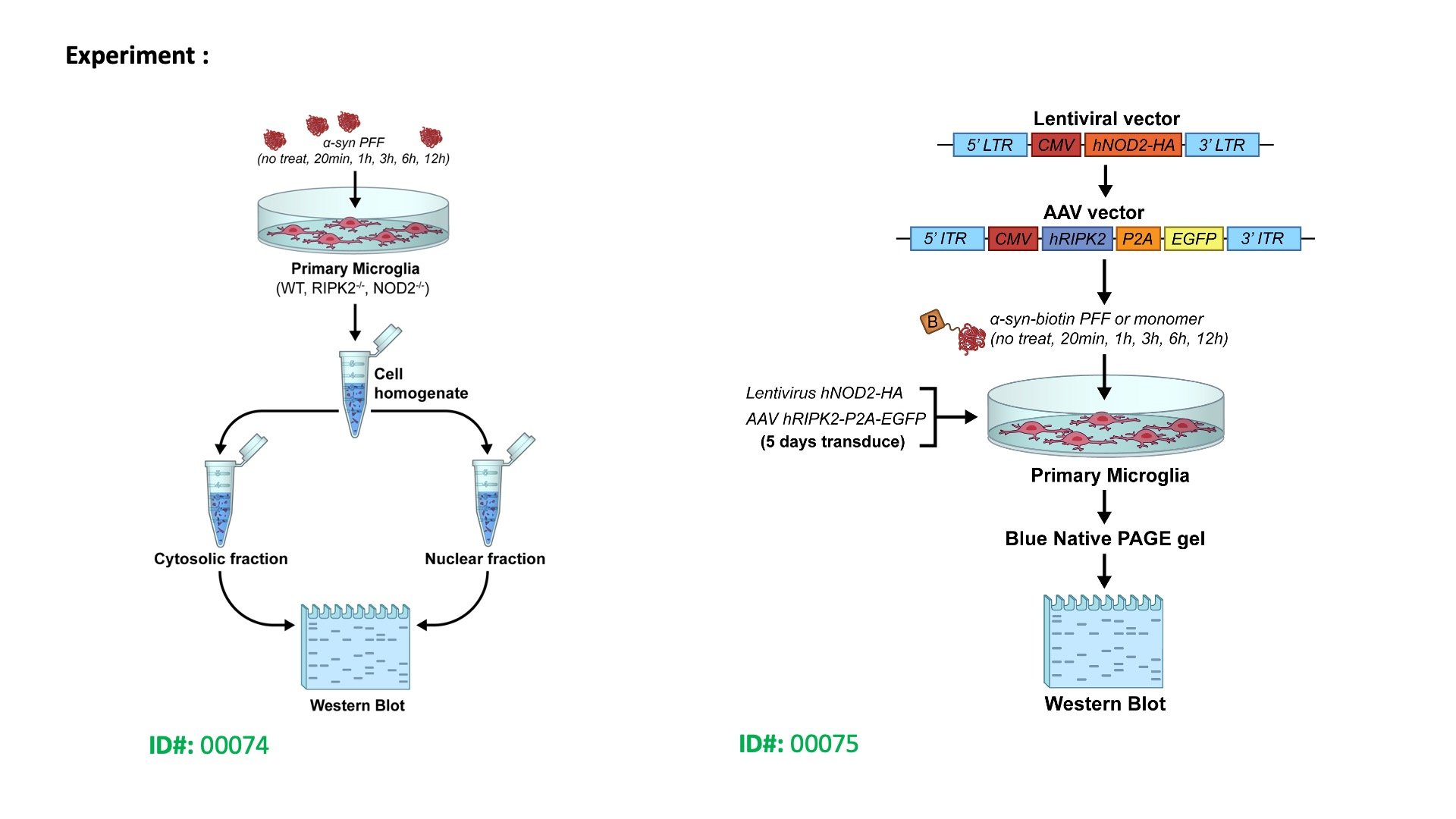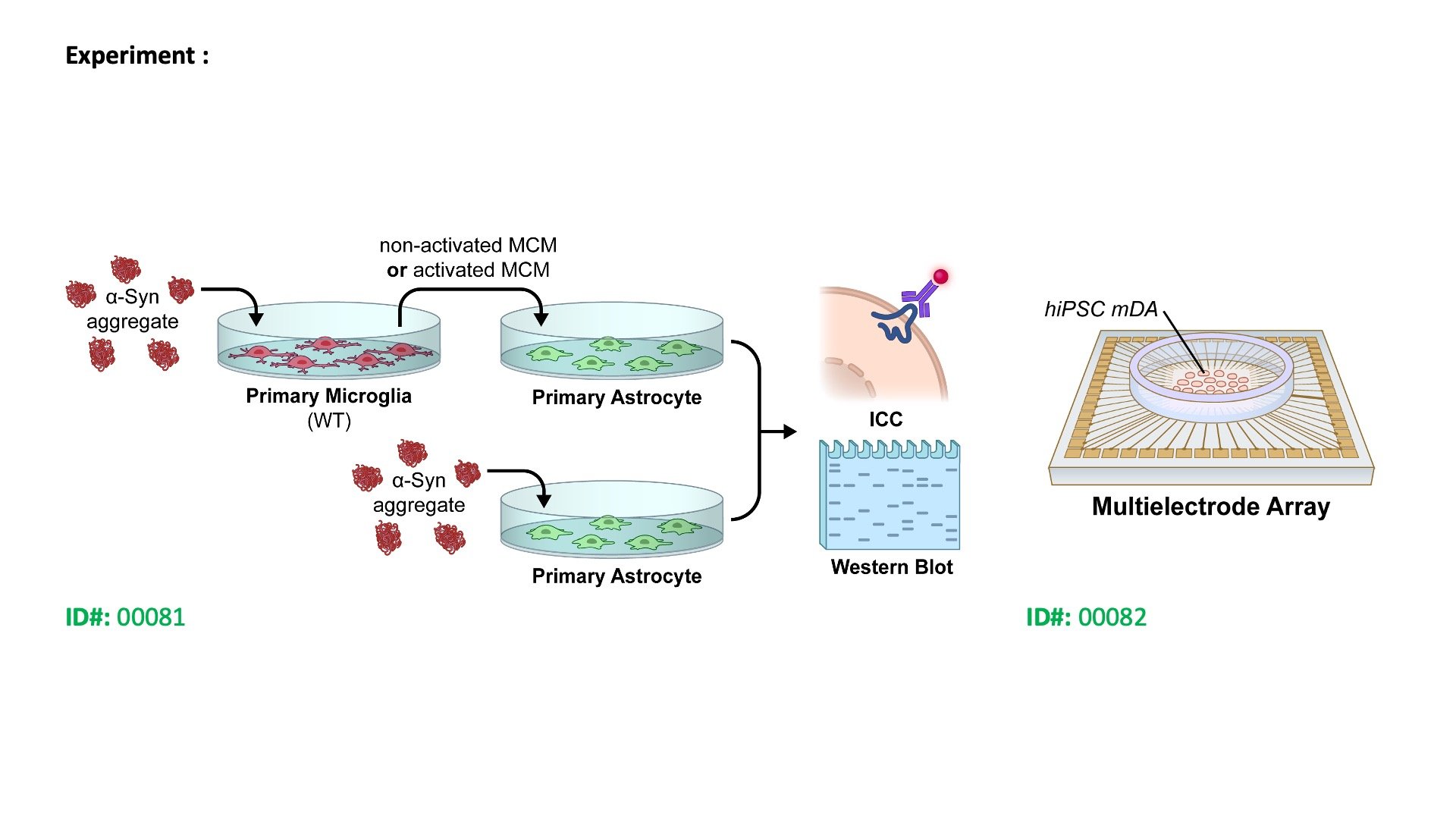MEDICAL & BIOLOGICAL VISUALIZATION
As a member of the Dawson Lab, you have access to Medical & Biological visualization services. These services include collaboration and creation of custom illustrations like Graphical Abstracts, Schematic Figures, Grant Project Diagrams, 2D & 3D animation, and Cover Art for publication as well as the use of generic stock illustrations for presentation use.
START A PROJECT
Request a custom illustration for publication use.
Step 1: Download the “Custom Illustration Request Form” and enter the project proposal information.
Step 2: E-mail your completed form to the Dawson Lab Medical Illustrator, Noelle Burgess, at nburges5@jh.edu.
Step 3: Once your project proposal has been reviewed, an introductory meeting will be scheduled to review project information and discuss the project timeline.
Request a stock illustration for presentation.
Step 1: Review the Stock Illustration Catalogue (below) - make a note of the ID# and Title of images you would like to use
Step 2: Download the “Stock Illustration Request Form” and enter the ID# and Title of the images you are requesting access to.
Step 3: E-mail your completed form to the Dawson Lab Medical Illustrator, Gilbert Chen, at hchen156@jh.edu.
Step 4: Access will be provided to requested stock image files (at 150 dpi) within 24 hours of form submission (excluding weekends).
Don’t see what you need? Submit a Stock Illustration Request describing the cell type, behavior test, or assay diagram you need to illustrate.


